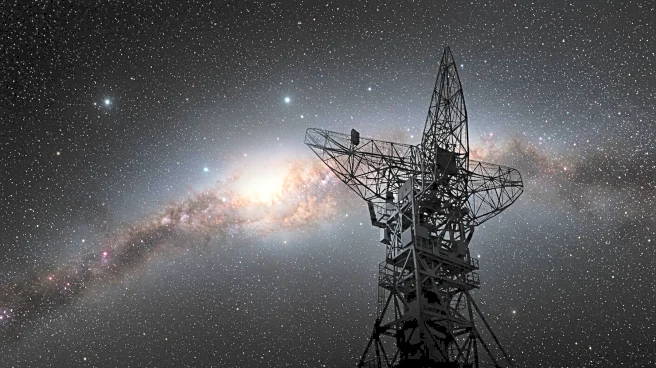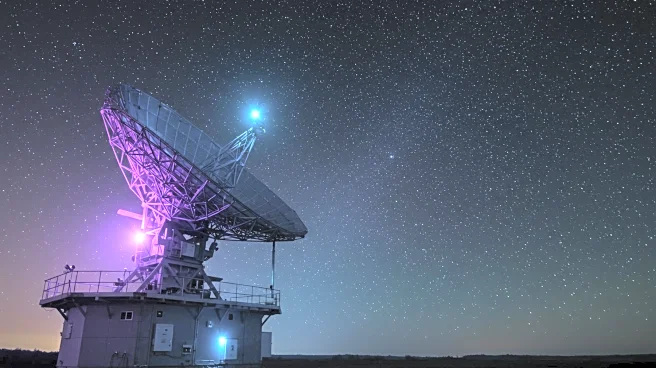What is the story about?
What's Happening?
The U.S. Space Force has successfully tested its new Deep Space Advanced Radar Capability (DARC) at Site-1 in Western Australia. This radar system, developed in collaboration with the United Kingdom and Australia, is designed to track objects in geosynchronous orbit, approximately 22,000 miles above Earth. The test involved tracking multiple satellites, demonstrating DARC's ability to monitor potential threats to space assets. The system aims to enhance space domain awareness, allowing the U.S. and its allies to detect and track small objects in space, crucial for protecting satellite services.
Why It's Important?
The development of DARC is a strategic move in response to the increasing militarization of space by major powers like the United States, China, and Russia. As these nations develop technologies capable of disabling or destroying satellites, the ability to track and identify objects in space becomes critical for national security. DARC's capabilities provide a significant advantage in maintaining space superiority and protecting vital satellite infrastructure. The collaboration between the U.S., U.K., and Australia underscores the importance of international partnerships in securing space assets.
What's Next?
DARC Site-1 is expected to become operational in 2026, with a second site in the United Kingdom projected to come online in 2028. The continued development and deployment of DARC will enhance the U.S. Space Force's ability to conduct both offensive and defensive operations in space. As space warfare technologies evolve, the radar system will play a crucial role in maintaining strategic advantages and ensuring the security of allied space assets.
AI Generated Content
Do you find this article useful?













